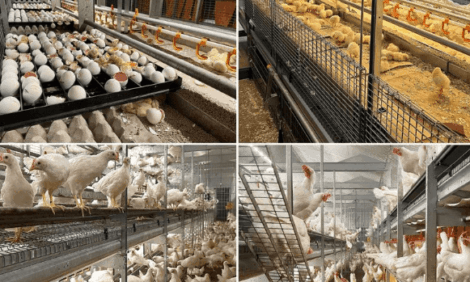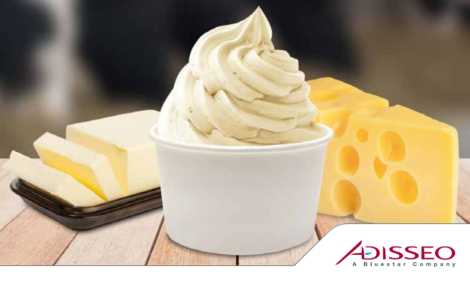



Review of the Factors That Influence Egg Fertility and Hatchability in Poultry
Success of the poultry industry at small or large scale depends on a regular supply of day-old chicks, which is influenced by the fertility and hatchability of the eggs. These traits are affected by both genetic and environmental factors, according to A.M. King'ori in a review paper.Poultry production at all scales of operation is wholly dependent on the supply of day-old chicks, according to A.M. King'ori of Egerton University in Kenya in a review published in International Journal of Poultry Science.
Fertility and hatchability are two major parameters that highly influence the supply of day-old chicks. Fertility refers to the percentage of incubated eggs that are fertile while hatchability is the percentage of fertile eggs that hatch. It is, therefore, important to understand the factors that influence fertility and hatchability of eggs.
For the hatchability traits, breed has little effect on hatchability of poultry eggs, although light breeds have been reported to have higher fertility and hatchability, according to King'ori. The diet of breeder poultry should be adequate in both quality and quantity to meet the recommended levels set out in the feed standards for the category. The most influential egg parameters that influence hatchability are: weight, shell thickness and porosity, shape index (described as maximum breadth to length ratio) and the consistency of the contents. Heat stress reduces the external and internal egg qualities. Heat stress affects all phases of semen production in breeder cocks. Hatchability for small eggs is lower than medium and large eggs.
There are many factors contributing to the failure of a fertile egg to hatch which include lethal genes, insufficient nutrients in the egg and exposure to conditions that do not meet the needs of the developing embryo.
Breeder factors that affect hatchability include strain, health, nutrition and age of the flock, egg size, weight and quality, egg storage duration and conditions.
The optimum temperature range for poultry is 12-26°C. Fertile eggs should not be stored for more than 10 to 14 days. After 14 days of storage; hatchability begins to decline significantly.
The position (large end up or vice versa) of egg storage influences hatchability. Eggs stored with the small end up have higher hatchability as compared to the large end up.
Incubation of fertile eggs can be done naturally by a broody hen or in an incubator. The broody hen provides the fertile eggs with optimum environmental conditions (temperature, egg turning and humidity) to stimulate embryonic development until hatching.
The incubator is a simulated artificial design that mimics the broody hen's role of providing fertile eggs with optimum environmental conditions (temperature, egg turning and humidity) to stimulate embryonic development until hatching. A constant incubation temperature of 37.8°C is the thermal homeostasis in the chick embryo and gives the best embryo development and hatchability. Mortality is seen if the temperature drops below 35.6°C or rises above 39.4°C for a number of hours.
Finally, King'ori reports that egg turning during incubation is critical for successful hatching and influences hatchability. No turning of eggs during incubation results in low hatchability and delays hatch by a few days.
Reference
King'ori, A.M. 2011. Review of the factors that influence egg fertility and hatchability in poultry. International Journal of Poultry Science 10 (6): 483-492.
Further Reading
| - | You can view the full report by clicking here. |
September 2011








